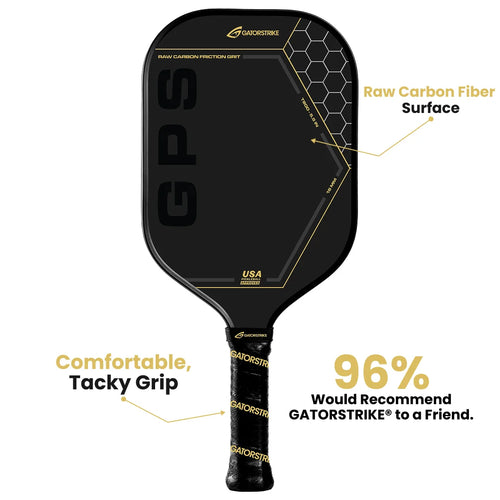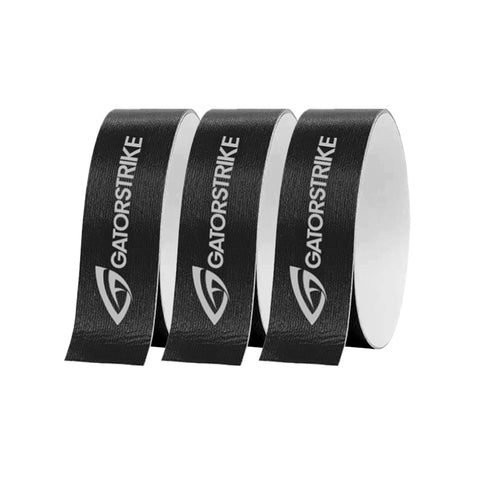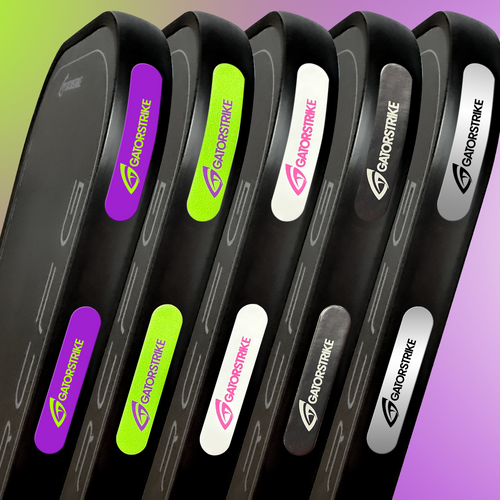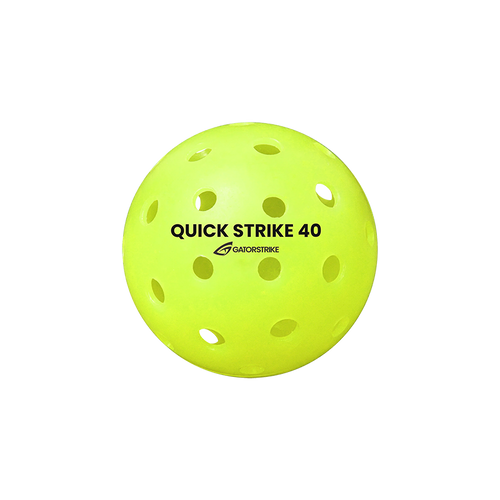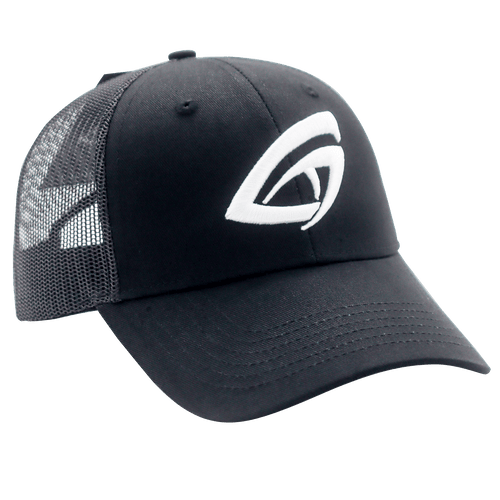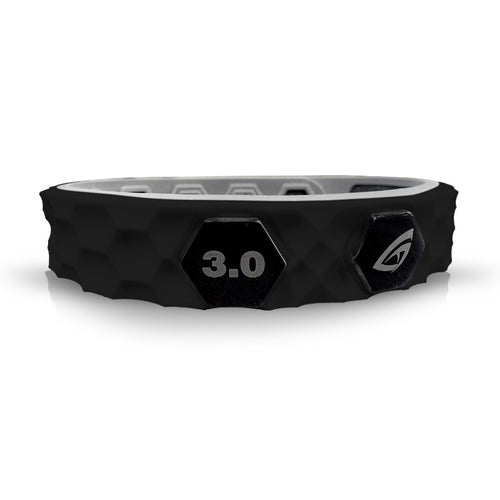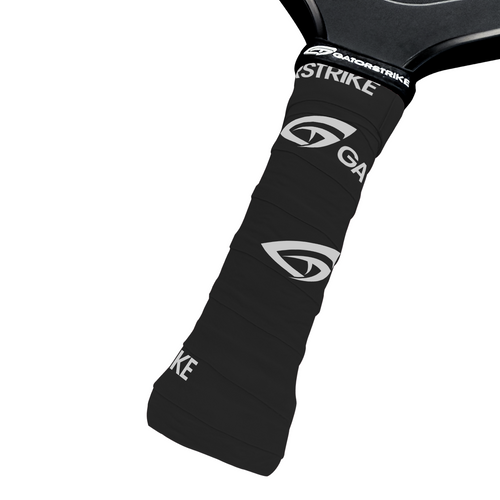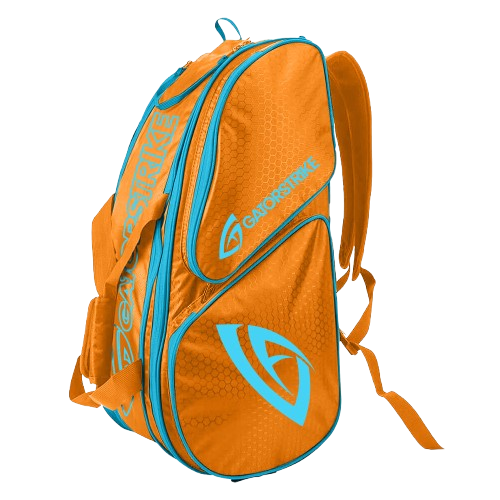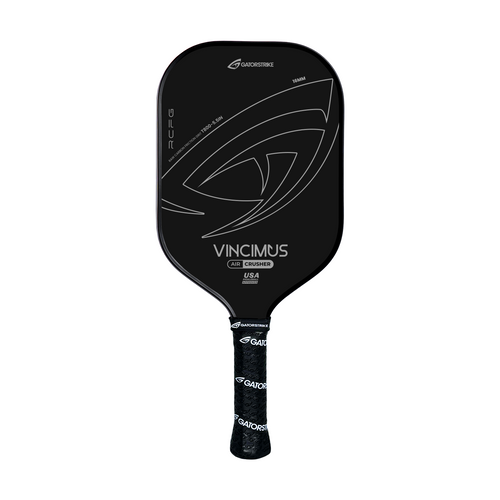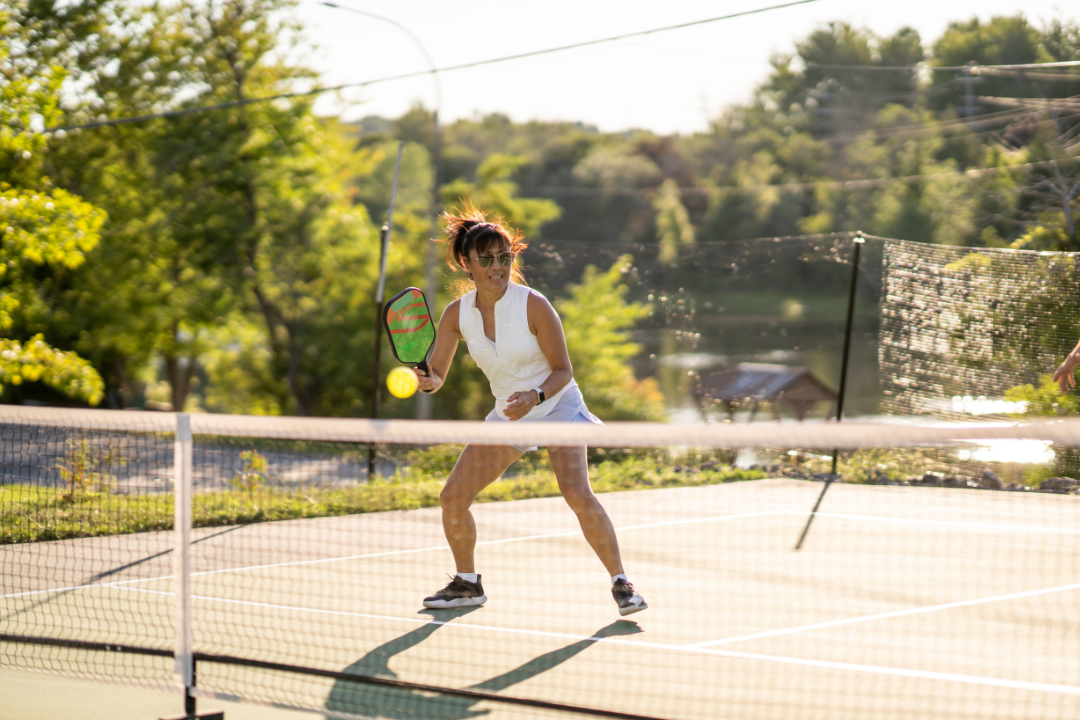
Adapting to the Outdoor Pickleball Scene
Share
Pickleball has emerged from the confines of indoor courts to the vast expanse of outdoor arenas, bringing unique challenges that players of all skill levels must learn to navigate. Transitioning to the outdoor scene isn’t just about a change in scenery; it’s about recalibrating techniques, adjusting to environmental factors, and refining strategies to keep your game strong.
1. Understanding Environmental Variables
Playing outdoors introduces a range of environmental variables, like wind, sunlight, and varying temperatures, each of which influences how the ball moves, how players react, and how long each game might last. The wind, in particular, can be a wild card. A light breeze might seem like a minor factor, but even subtle gusts can alter the ball’s trajectory, requiring players to develop more controlled and adaptable shots.
Pro Tip: Practice controlling the ball's spin and pace under windy conditions. On especially breezy days, focus on keeping shots lower to the net, minimizing the chance for the wind to interfere.
2. Managing Lighting Conditions
Sunlight brings its own set of challenges. Depending on the time of day, players might deal with harsh glares or shifting shadows across the court, which can be disorienting.
Pro Tip: Invest in a high-quality pair of polarized sunglasses to reduce glare. Additionally, familiarize yourself with the court’s orientation and try to play at different times to understand how sunlight affects your visibility.
3. Adjusting to Court Surfaces
Outdoor pickleball courts often differ from indoor ones in texture and material. Many outdoor courts have a rougher surface, which can impact the ball’s bounce and your footing. This may necessitate minor changes to stance and shot technique, especially when dealing with spin.
Pro Tip: Lightweight, sturdy court shoes with strong traction can make all the difference on outdoor surfaces, giving you the grip needed for quick sprints and sharp pivots without sacrificing comfort.
4. Acclimating to Temperature Changes
Outdoor temperatures can vary wildly, impacting endurance, grip, and even the performance of the paddle. Higher temperatures can soften paddle grips, while cold can make the ball more rigid, affecting bounce and responsiveness.
Pro Tip: Keep multiple paddles on hand, some with different grips suited to different temperatures. Additionally, maintain hydration for optimal performance—playing in direct sunlight can be draining.
5. Strategizing with Partner Communication
Outdoor courts are often larger, with greater distances for partners to cover. Effective communication becomes even more essential for handling wide shots, particularly when external factors might impact quick reactions.
Pro Tip: Pre-establish signals or phrases to indicate your next move. For instance, a simple “switch” when you’re about to cross into your partner’s zone helps maintain fluidity in gameplay.
6. Building Mental Resilience for Outdoor Play
Adaptability is key to thriving outdoors. Learning to handle unpredictable weather or adjusting your mindset to match the ever-changing environment will keep you agile and mentally tough.
Pro Tip: Embrace outdoor conditions as a chance to sharpen resilience. With each match, focus on the adaptability aspect and celebrate small improvements in how you handle the elements.
Transitioning to outdoor pickleball isn’t just about adjusting technique; it’s about expanding your mental game, refining communication, and finding ways to stay agile amidst shifting elements. As you adapt, outdoor play will enrich your overall experience and bring fresh challenges to keep your skills sharp.
